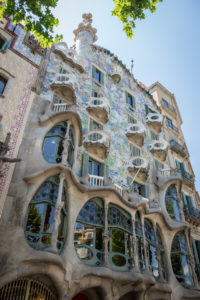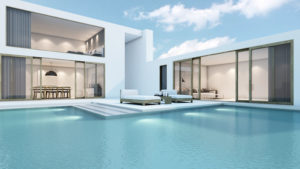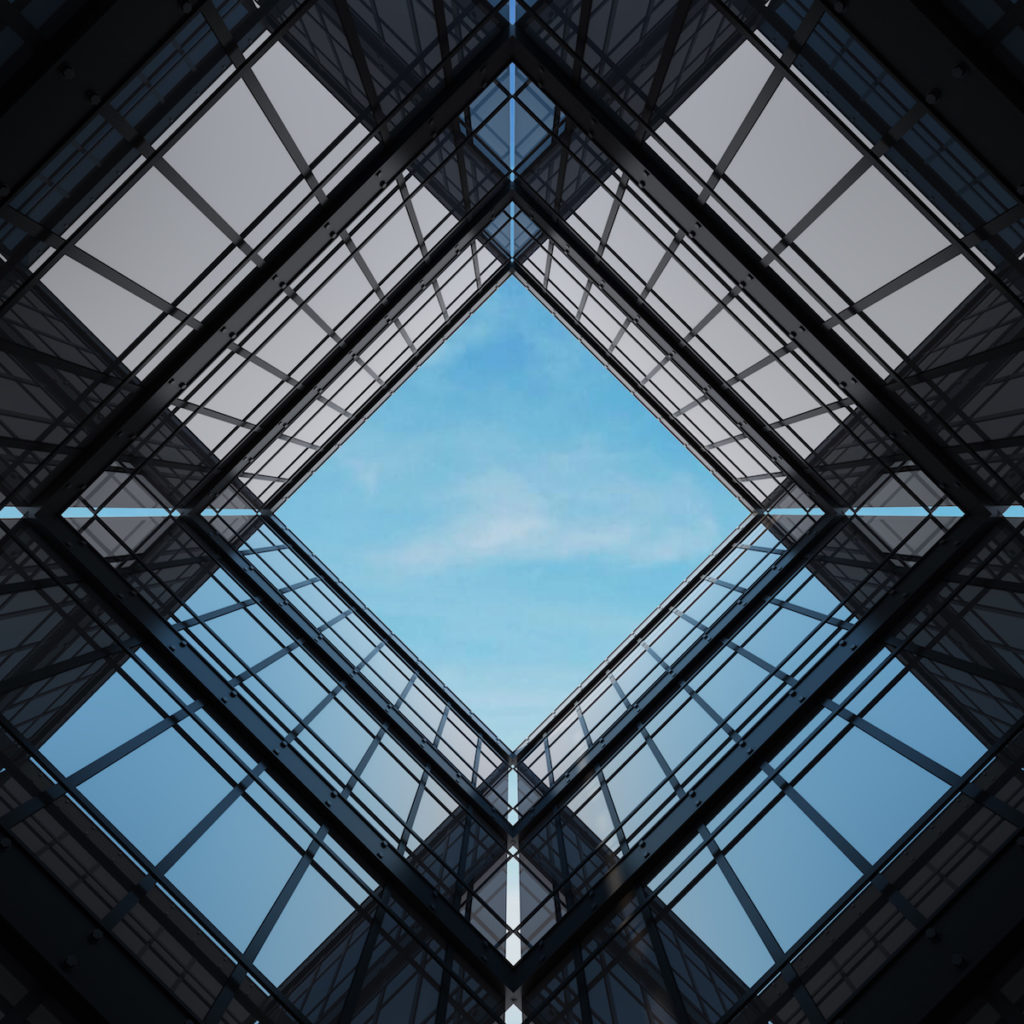“If it is correct that logic is the basis of the creator’s slightest reasoning, I believe it must not be allowed to interfere with one’s dreams” – Victor Horta
Logic and Architecture
Much of the architecture that we appreciate today has derived its inspiration from unlikely sources. When you look at the buildings of the past and the present that grab our attention and stand out from the crowd, a similar pattern emerges. The designers and architects that create trends and have a significant impact on the appearance of modern cities have found ways to bend the traditional rules of designing in physical form. How have they done this? When you study the patterns and details of great architecture you will find the subtle signatures of some of the greatest artists of the past and present.
Artists give architects permission to colour outside of the lines and dream a little bigger. The masterpieces that are created from the mind of the artist don’t always follow the rules of logic and mathematics. Of course logic and mathematics are integral aspects of architecture but sometimes in order to create something great, you must change your perspective and approach problems or design from a completely different angle.
Art Nouveau Architecture
Art Nouveau was an unmistakable style that led the late 19th century into the 20th. From 1880 until the eruption of World War I, Art Nouveau dominated the minds of designers. A group of painters that included James Ensor created works of art that brought bright colours to life on the canvas, borrowing from the natural plant-like patterns that Mother Nature uses on a daily basis. This expressive and organic style was soon replicated on and inside buildings, highlighted by dazzling iron and glass work, featuring every colour of the rainbow. In architecture, Art Nouveau became intertwined in many designs bringing a romantic and adventurous flare to a world previously filled with dull, brick facades.

Art Nouveau designs paved the way for future artist and architecture collaborations and influences. The curved and colourful ivy entrance ways of France and other European cities displayed the valuable connection between fine arts and applied arts. This daring connection has had massive influences on architecture ever since the early 19th century. An architect looking for Art Nouveau inspiration should explore the designs of “Albert Street” in Latvia, “The Secession Building” in Vienna, “The Old English Building” in Brussels and “Casa Batllo” in Barcelona.
Cubism Contributed to Cities
The art that was created from Picasso and Braque’s artistic revolution in the early 20th century has potentially had the largest impact on modern architecture. Cubism became an entire movement after Pablo and Braque painted their 1911 introductions to cubism named “Ma Jolie” and “The Portuguese” respectively. Cubism was different than previous art in the way that objects were broken up, analyzed individually, and then re-assembled in an abstracted method. This completely changed the viewpoint of art and architecture as a whole. Instead of viewing an object or scene from one perspective, the artist brought multiple viewpoints to the table, representing a larger context than was previously possible.

As architects began to digest the various pieces of art created by Cubism inspired artists, the boundaries of modern architecture began to be challenged. Instead of thinking of a structure as a single form, buildings became multiple pieces in the eyes of designers. The traditional four walls and a single roof were no longer the restraints of an architect. “The Mendelsohn Factory” in Luckenwalde, “The Oviatt Shop Ceiling Lamps” in Los Angeles and “The House of Black Madonna” in Prague are all fantastic examples of cubism in architecture and design that can be viewed today.
Minimalism- The Model for Modern Architecture
By the 1960’s many designers had become overwhelmed by flamboyant, abstract art forms. In 1962 when Tony Smith created a piece of art aptly named, “Die”, architects and designers began to change the way they felt about lines, materials and design overall. Smith’s description of his simplistic art form was “a six-foot cube of quarter-inch hot-rolled steel with diagonal internal bracing”. Architects around the world began to instantly connect with the obsession on materials and the function they served in the art form. Minimalism quickly became one of the most popular architectural styles of all time, the smooth, minimally detailed designs now displayed across the globe.

Kenneth Noland created art such as “Atoll Sun” and “Turnsole” in the 60’s that did not rely on excessive designs or colours to get their message across. Designers and architects channelled Noland’s minimalist ways and incorporated prefabricated industrial materials into their buildings, focusing on the physical space of the structures. Viewers of minimalistic architecture were forced to experience qualities of height, weight and gravity, surrounded by the raw materials that created the foundation of the building. Minimalistic architecture became a physical presence in the world of design and often created a visual response which connected with millions of consumers.
Architecture Trends Moving Forward
It is clear that architects and designers have a deep connection and relationship to the trends that ripple through the world of art. It is often difficult to identify an art trend or theme when you are living within it but if we look forward into 2018, it appears that technology and internet influenced themes are having a larger impact on artists, which in turn may translate to architecture. Look to see “smart homes” become a focal point in the overall design trends moving forward.
Are you ready to incorporate your favourite art forms and themes into your next design? Let’s get started today!
Contact our team now to begin to think outside the box!

